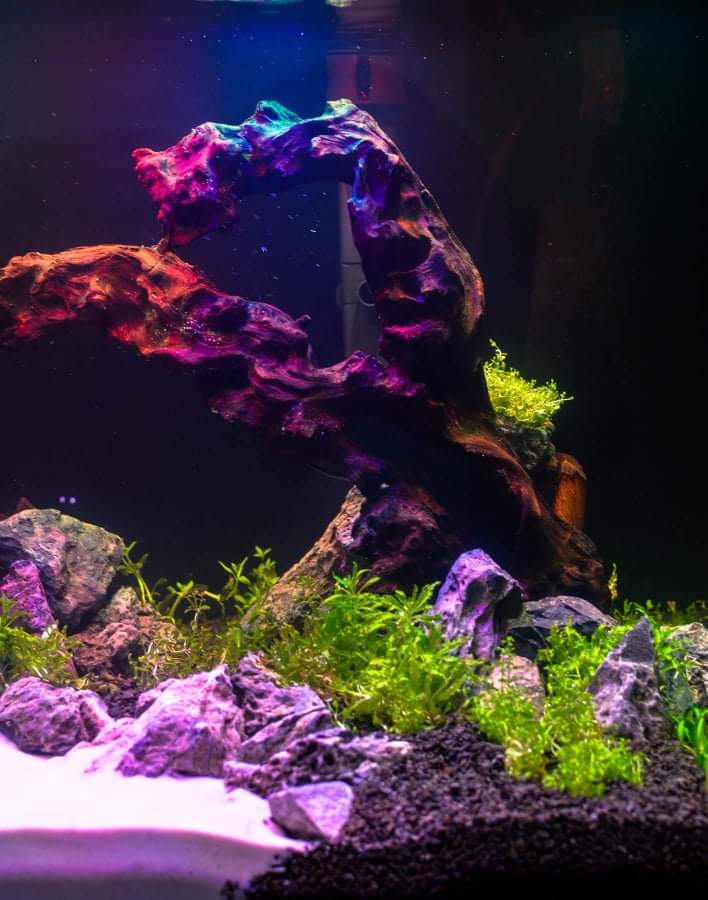Roots are an important part of the natural environment of many aquatic species, and they can add a touch of natural beauty to your aquarium. But not all roots are equal, and choosing the right roots can help maintain the health of your tank and the creatures that live in it.
Why are roots important in an aquarium?
Roots provide numerous benefits to your aquarium. They offer a natural hiding place and a source of shade for fish and other creatures, helping them feel secure. They can also help maintain the water chemistry by absorbing excess nutrients, which in turn helps to reduce the risk of algae blooms. Additionally, roots serve as a place for beneficial bacteria to grow, which is important for the overall health of your tank.
Types of roots for an aquarium
When it comes to roots, there are a variety of options to choose from. Some popular choices include:
- Java Fern roots: Java Fern is a popular choice for aquariums because it is easy to care for and grows well in most aquarium conditions. The roots of Java Fern are thin and stringy, providing plenty of hiding places for small fish and shrimp.
- Mangrove roots: Mangrove roots are a great option for aquariums because they are naturally able to absorb impurities and toxins from the water. They are also ideal for aquariums that contain saltwater species, as they are often found in saltwater environments.
- Driftwood roots: Driftwood roots can be used in both freshwater and saltwater aquariums and they are easy to find at most pet stores. They add a natural look to the tank and provide hiding places for fish and other creatures.
- Malaysian trumpet snail roots: Malaysian trumpet snail roots are a type of snail that is often used to help maintain the health of the tank. They feed on excess food, dead plant matter, and other debris, helping to keep the water clean.
How to care for roots in an aquarium
Regardless of the type of roots you choose, there are a few things you need to do to make sure they remain healthy and functional in your tank. Here are a few tips to keep in mind:
- Make sure to rinse the roots thoroughly before adding them to the tank, as they can contain impurities that could harm your fish.
- Provide enough light for the roots to grow properly. If the roots are not getting enough light, they may become covered in algae, which can be unsightly and difficult to remove.
- Keep the roots clean by removing any debris that accumulates on them. This will help to keep the water clean and free of excess nutrients.
- Be careful when rearranging the roots in the tank. Some fish and other creatures may have taken up residence in the roots, and disturbing them could cause stress.
In conclusion, roots are an important and beautiful addition to any aquarium. By choosing the right type of roots for your tank, and taking care of them properly, you can enhance the beauty and health of your aquarium.
